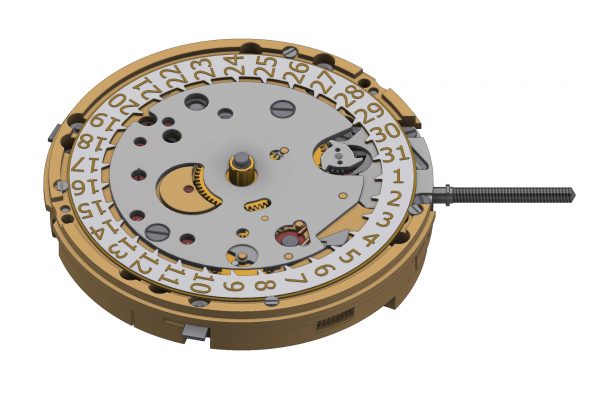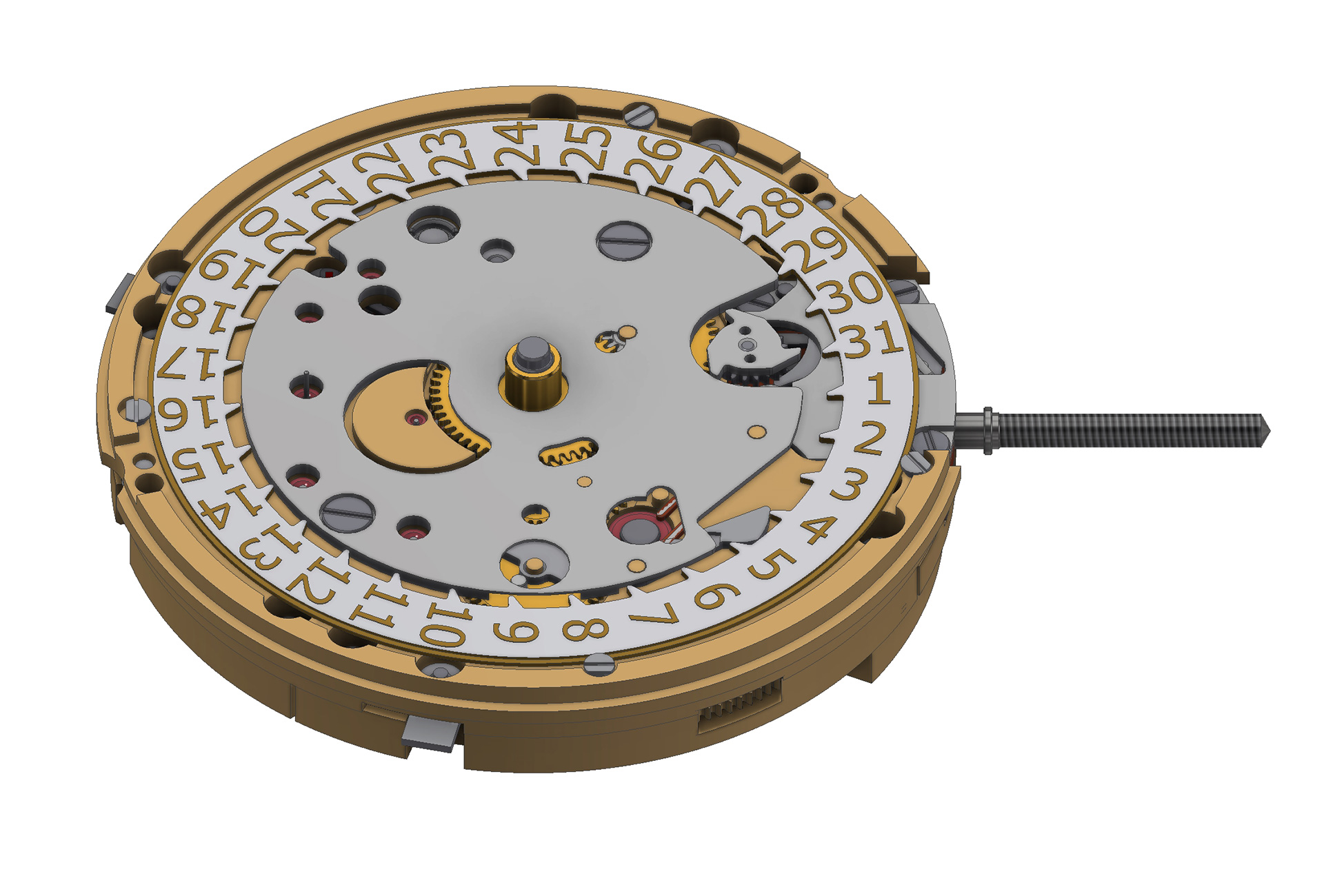“We’re writing a new chapter for Swiss watchmaking.” Roman Winiger is working to make a lot of watchmakers very happy. Himself an independent watchmaker in La Chaux-de-Fonds, Winiger came up with the idea to develop a mechanical movement and to release the technical drawings under an open-source licence, along the same lines as Linux, WordPress or Typo3. The project — which is run by the Openmovement Association, a group of some thirty watchmakers and companies, and followed by 470 users — aims to encourage creative thinking by giving independents, SMEs and colleges access to kits of unfinished movements or parts and, more importantly, the corresponding technical drawings with precise dimensions. “Depending on their level of competency, people will be able to order components or make them themselves,” says Winiger, who presides the association. “We’ll be like a grocery store. In return we expect users to share any changes or improvements they make.” Something of a revolution in an industry that has always fostered secrecy.
A third way
Until the 1970s, the Swiss watch industry had all the assortments (subassemblies of parts) and movements it needed. A solid network of manufacturing companies kept the industry supplied with standardised complex components and a huge variety of movements. For new generations of watchmakers, it’s a different story. By the late 70s, quartz technology had put countless companies out of business. Of those that did survive, many were subsumed into large groups. This concentration was followed, in the early 2000s, by a strategy of vertical integration whereby the most powerful names acquired speciality makers in order to develop their own manufacturing muscle. “A huge amount of knowledge is now in the hands of a few large companies,” notes Roman Winiger.
We're not offering a cut-price movement. Technical drawings will be freely available but the movement itself won't be free.
Anyone making watches in 2020 must either produce their own movements – as do Rolex, Patek Philippe, Audemars Piguet and Breitling, among others – or buy in finished movements from suppliers such as ETA, Sellita or Soprod. The first solution costs tens of millions in development and industrialisation. In the second instance, “off-the-peg” movements are delivered assembled and ready for casing. Without the corresponding technical drawings, making modifications or improvements becomes a mammoth task.

Calibre OM10 intends to change all that. Work on this new movement began in 2015. 3D models are currently being transposed into technical drawings. Next steps will be prototyping then testing. “We’re not offering a cut-price movement,” Winiger insists. “The technical drawings will be freely available but the movement itself won’t be free of charge.” Openmovement plans to supply kits in the form of movement blanks and balance wheel-spring assortments, but not finished parts or movements. It’s down to the buyer to finish components to their required standard, prior to assembly. Or make the components themselves. Or outsource production. “Openmovement isn’t a movement manufacturer,” says Winiger. “The region is the manufacturer. We provide the ingredients, that’s all.”
Out in the open
A three-hands and date with manual or automatic winding, Calibre OM10 can be used “as it comes”. The aim of the game, however, is for it to evolve, hence it will be distributed under a Creative Commons licence: users are expected to share any improvements or changes they make with the community. It can also function as a workhorse for a specially developed module, which remains the property of its creator.
In an industry that likes to play its cards close to its chest, Openmovement is taking a completely different approach.
In an industry that typically likes to play its cards close to its chest, Openmovement is taking a completely different approach by offering not a finished movement but the technical drawings with which to build one. For small brands and independents, it’s a chance to free themselves from the grip of ETA and Sellita. For technical colleges, it’s a resource students can use. But aren’t the creators of Openmovement afraid that by encouraging Switzerland’s watch industry to be creative, they’re also helping foreign competition, Asian in particular? Roman Winiger is quick to respond: “They have the competencies and the knowledge already. They certainly don’t need us. But if, in Switzerland, confidentiality means we lose these capacities, we’ll be the ones to suffer.” The project has got this far thanks to crowdfunding and the work of the association’s members. If Openmovement is able to rapidly raise the CHF 250,000 it still needs for prototyping and tests, Calibre OM10 could be greenlighted within a year.














